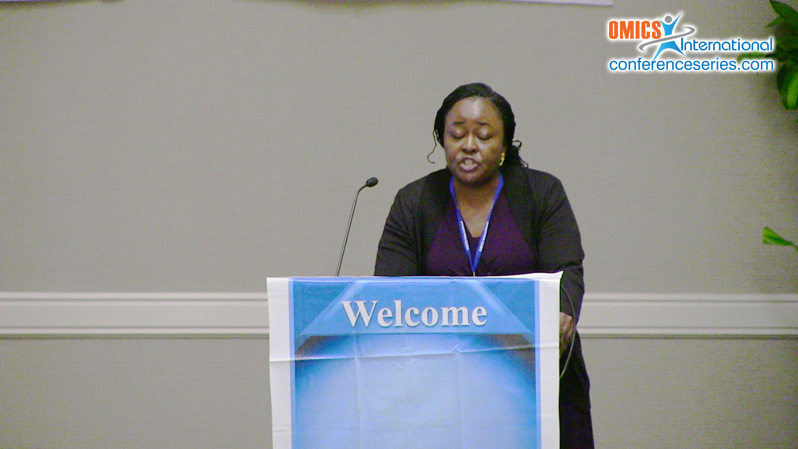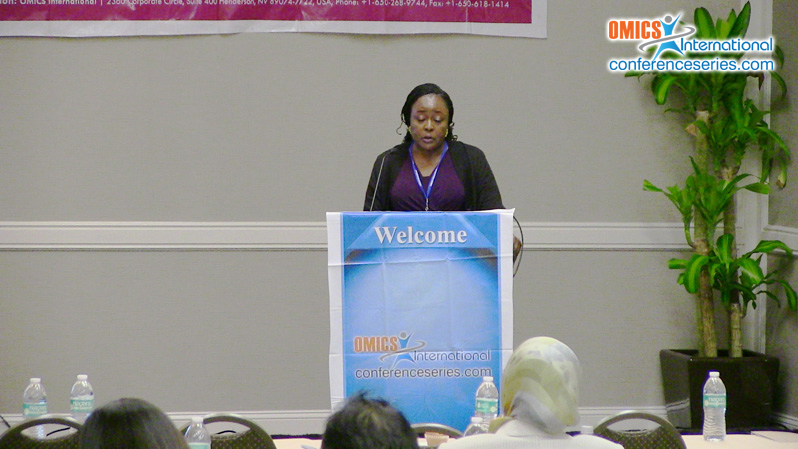
Owolabi Y H
Ahmadu Bello University, Nigeria
Title: Seasonal infestation of small ruminant by nasal bots in Kaduna state, northwestern Nigeria
Biography
Biography: Owolabi Y H
Abstract
Heads of 1151 small ruminants comprising 258 sheep and 893 goats were purchased from butchers in market places and abattoirs in 5 Local Government Areas (LGAs) of Kaduna state. These were examined for the presence of larvae of Oestrus ovis (nasal bots) (Diptera:Oestridae). The survey was carried out between November 2005 and October 2007, covering two consecutive dry and wet seasons, to establish seasonal infestation. The prevalence of Oestrus ovis infestation in all the small ruminant heads examined was 20.0%. There was a significantly higher (P<0.05) infestation in sheep (24.4%) than in goats (18.7%). Distribution of infestation by the LGAs of study (Sabon Gari, Zaria, Giwa, Kudan and Makarfi) revealed 34.9%, 32.1%, 18.0%, 15.2% and 16.2% in sheep and 22.9%, 19.8%, 14.1%, 17.0% and 18.8% in goats respectively. Although the LGAs are located in the same vegetational zone, a significant difference (P<0.05) was observed in the infestation by nasal bots in both sheep and goats among the LGAs. The seasonal infestation in sheep showed a bi-modal peak during the two year periods, each occurring around April and between July and August of each year; however there was no significant difference (P>0.05) in the infestation of sheep in the dry season of November to April (24.3%) compared to the wet season of May to October (24.5%). Seasonal infestation in goats equally showed a bi-modal peak between March to April and June to July of each year. There were significant differences (P<0.05) in the infestation of goats in the dry season (14.7%) compared to wet season (22.7%).



